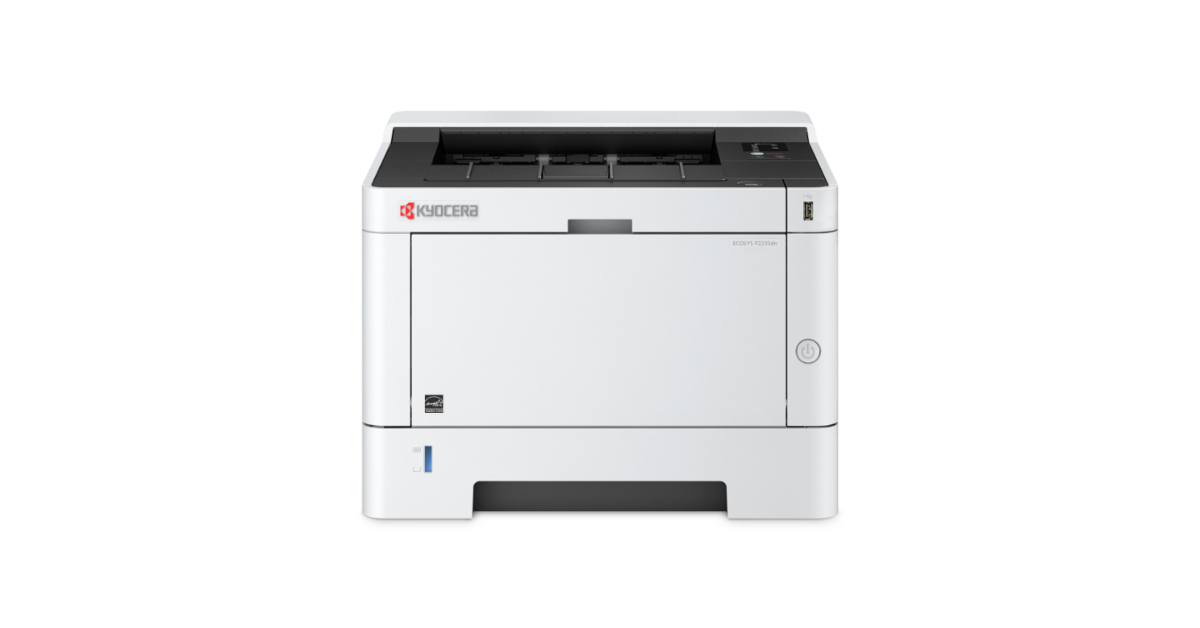3 min read
4 business security threats companies face post-COVID-19
“You only find out who is swimming naked when the tide goes out.” Warren Buffett’s warning to Berkshire Hathaway shareholders in 2008 of the imminent...
Benefit from smart ideas, lower costs, greater productivity. Choose from award-winning printers, software solutions and consumables
Personalised technology solutions to help your organisation gain a competitive advantage
Discover howWe combine professional expertise with a human kind of partnership
Get the right help and advice, register a product and see why our commitment to you matters.
Discover our brand, our global activities and commitments

There are various vulnerabilities at every stage of the document lifecycle. It is therefore important for businesses to consider security throughout the entire document lifecycle, to ensure that valuable data is protected.
Antiquated or manual processes, version control issues or a lack of document transparency are just some of the challenges organisations face when documents are not stored, updated, or archived appropriately. All of these contribute to inefficiencies and can jeopardise the integrity of company information.
Managing documents from end to end will generate greater security benefits and help achieve compliance outcomes, especially for organisations in highly-regulated industries. Let’s take a look at the different stages of a document lifecycle to identify what constitutes poor security versus good security throughout the document lifecycle.
The first stage, of course, is the creation of the company document, or the external acquisition of a document via mail, fax, scan or email.
The document is created manually by a user, either on paper, or digitally on a computer or mobile device. Manual entries can create major inefficiencies and leave room for human error to threaten the document’s accuracy. Having documents created or stored on paper also leaves companies more exposed to the potential for lost, stolen, or unintentionally destroyed files.
Documents are loaded or assembled automatically from different sources and databases through data capture. This is essentially automated text recognition to electronically process data and documents, with heightened accuracy and in a fraction of the time it takes to process it manually. That way, at this stage of the document lifecycle, it can be stored in the appropriate location, minimising the risk of losing it.
Once a document has been created, it must be securely stored and this needs to be exercised with ongoing care and caution as documents may be stored in different places depending on how or why they’re being used and who has been granted access.
Unprotected, physical storage of documents can leave businesses open to significant risk, making it difficult to control access and actively protect company information. Misplacement of documents is also more likely to occur through inadequate data security and decentralised and disorganised repositories.
Storing information in unsecured folders, on poorly secured devices that are permeable for attackers, or even leaving documents in filing cabinets can compromise the security of documents.
With the right document management system, organisations can eliminate the laborious process of filing and storing hundreds of different documents or papers via smart document management systems. Documents can be stored in the cloud so companies can protect sensitive information through automated back-ups and the latest technology in cloud data security.
What’s more, Content Services that employ AI can read the information in a document, correctly classify it, and then automate workflows accordingly and in quick time, regardless of different locations and varying fonts, sizes, and legibility of text. This leads to reduced downtime, less effort, and increased efficiency.
And with indexing, businesses don’t have to manually search thousands of documents but rather, quickly retrieve them based on descriptions, keywords, tags, signatures, notes at a rapid pace. Simple and fast document retrieval saves significant time so employees can focus on more strategic and growth-oriented tasks.
At this point in the document lifecycle, the document is active and organisations might want it distributed internally or sent externally, or even stored in a file-sharing system for easy referral.
As organisations are pivoting to hybrid workforces, paper documents will dramatically hinder collaboration. Organisations need seamless yet secure access to data however this is disallowed when documents are shared physically or even digitally if the due diligence of securing or encrypting files has not been carried out.
This can also lead to duplicate documents and entries being created when sharing which has a myriad of negative flow-on effects. These include poor version control and added collaboration challenges because of siloed information.
A document management system can prevent unauthorised access to documents by only allowing security clearance on role-based parameters. That is so documents can only be accessed and edited necessary to a team member’s specific role.
With the right system, companies can more cohesively enable and retain appropriate version controls. This helps control document versions without the headache of manual and potentially erroneous maintenance that will only further inhibit workflows. In this way, all employees can rest assured that they’re using the most up-to-date version of the document or, if necessary, they can simply view or return to any previous versions.
Documents generally have a limited lifespan. When a document becomes obsolete or a newer version of it is created, it needs to be either stored for a specific time period or destroyed to achieve compliance with regulator standards.
It can be problematic to keep paper documents, not to mention the unnecessary risks it poses to the files being misplaced or stolen. Digitally archiving documents on company servers still isn’t a fool-proof answer as organisations are generally unaware of the primitive nature of their digital security infrastructure. This leaves their business files open to cyber-attacks and data breaches which are costly events to overcome.
The same goes for permanently deleting files. If files aren’t destroyed according to regulator requirements, this threatens the organisation's compliance.
It’s important that retired documents are securely archived or destroyed and document management systems help you to do this carefully. Content that is no longer needed for daily operations yet needs to be located for audits in the future can be easily archived.
This is achieved by linking required documents with archiving schedules and these can be searched by easily entering a keyword or phrase of a particular document rather than manually looking for a file or trawling through paper filing cabinets. Documents that do not need to be kept can also be securely destroyed in accordance with privacy policies.
With more organisations embracing avenues for mobility through digitisation, document security is increasingly pertinent and the right technology stack can give companies the capability to improve resilience and power growth. That’s why it’s essential for organisations to implement robust yet agile document management solutions to optimise processes, ensure a secure document lifecycle and authorise teams to meet the demands of the evolving work environment.
The interplay of print and document security is increasingly complex in the era of remote work. But Kyocera customers can count on our industry-leading expertise and proven ability to protect their business. Download our guide to learn more about our specialised document security solutions.
KYOCERA Document Solutions provides document management solutions that improve document cost control and security, while delivering greater productivity, reliability and uptime.

3 min read
“You only find out who is swimming naked when the tide goes out.” Warren Buffett’s warning to Berkshire Hathaway shareholders in 2008 of the imminent...

2 min read
In a new age of digital threats, it can be easy to forget one of the essential devices of the modern workplace: the printer. Printer security risks...

4 min read
Document management security is becoming a major concern for many companies. According to a study by the Ponemon Institute, the average cost of a...